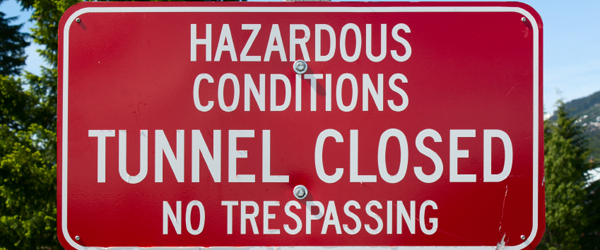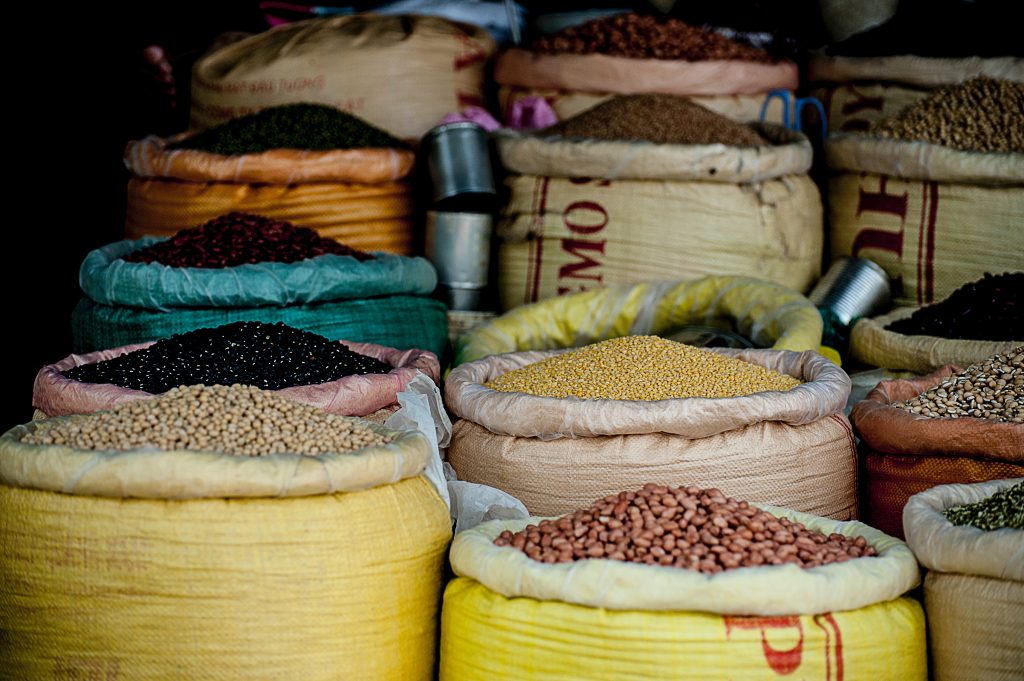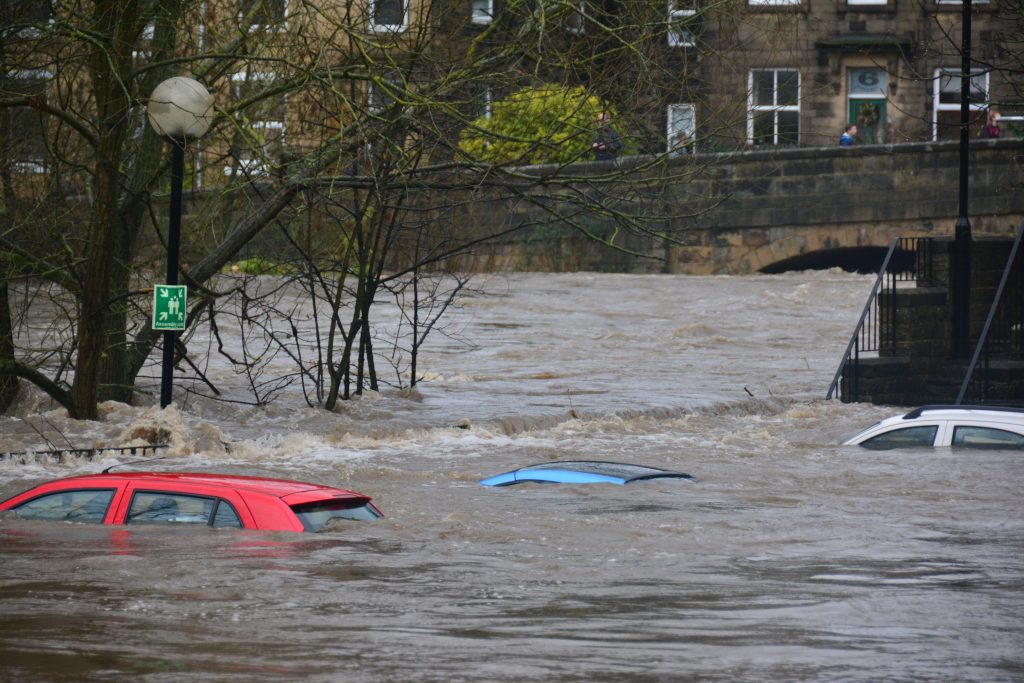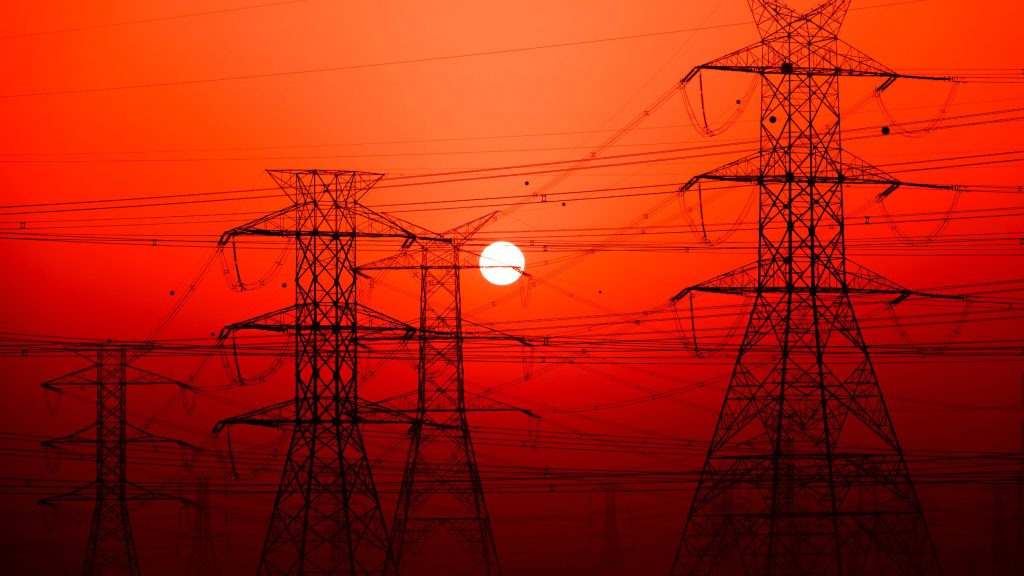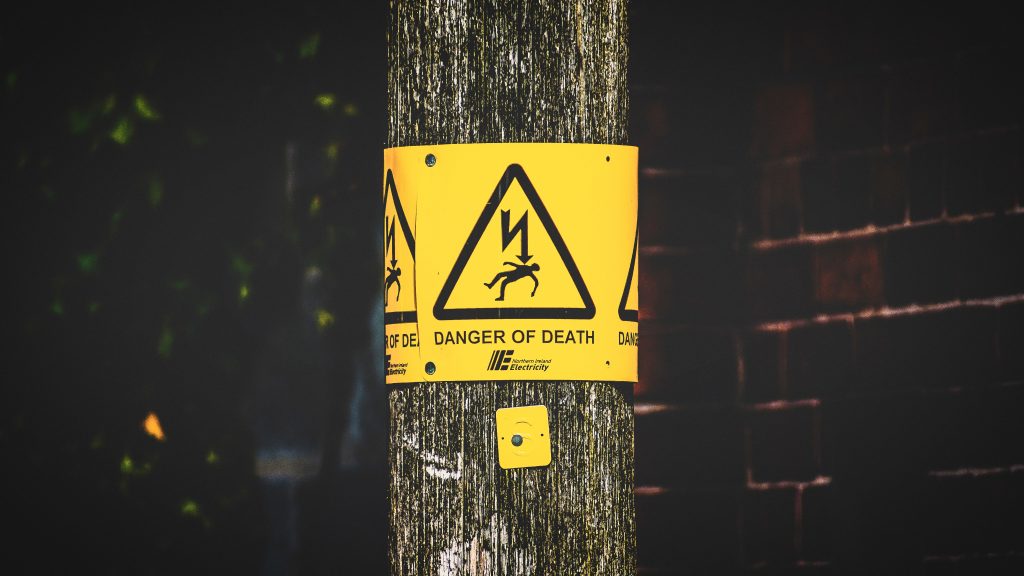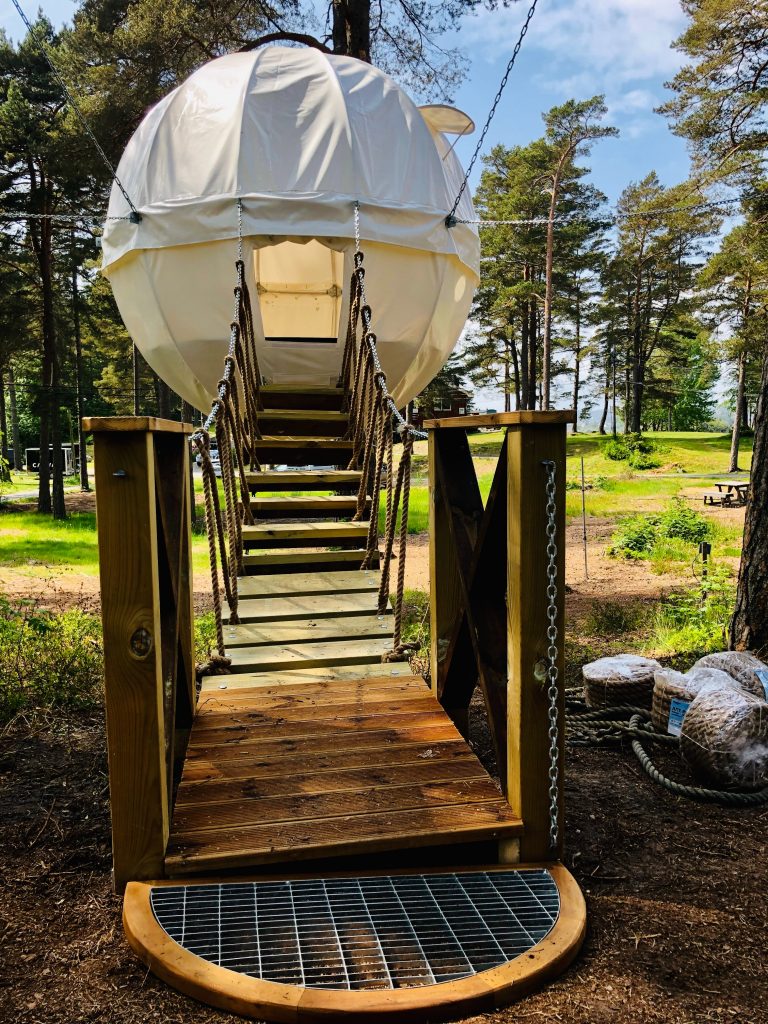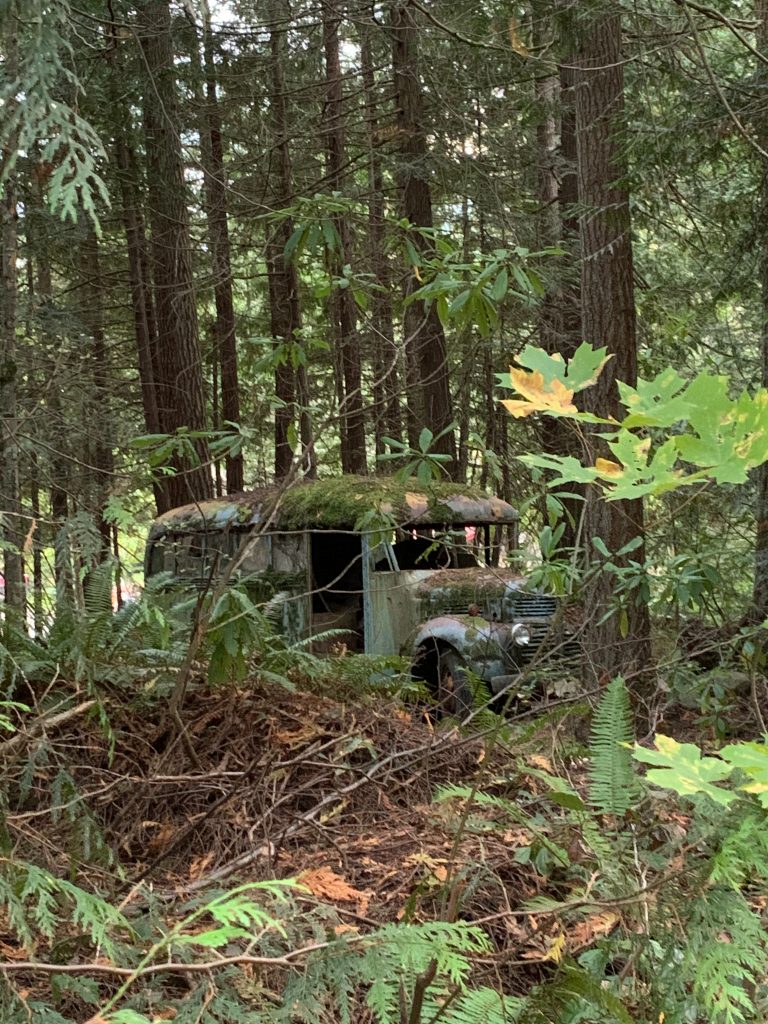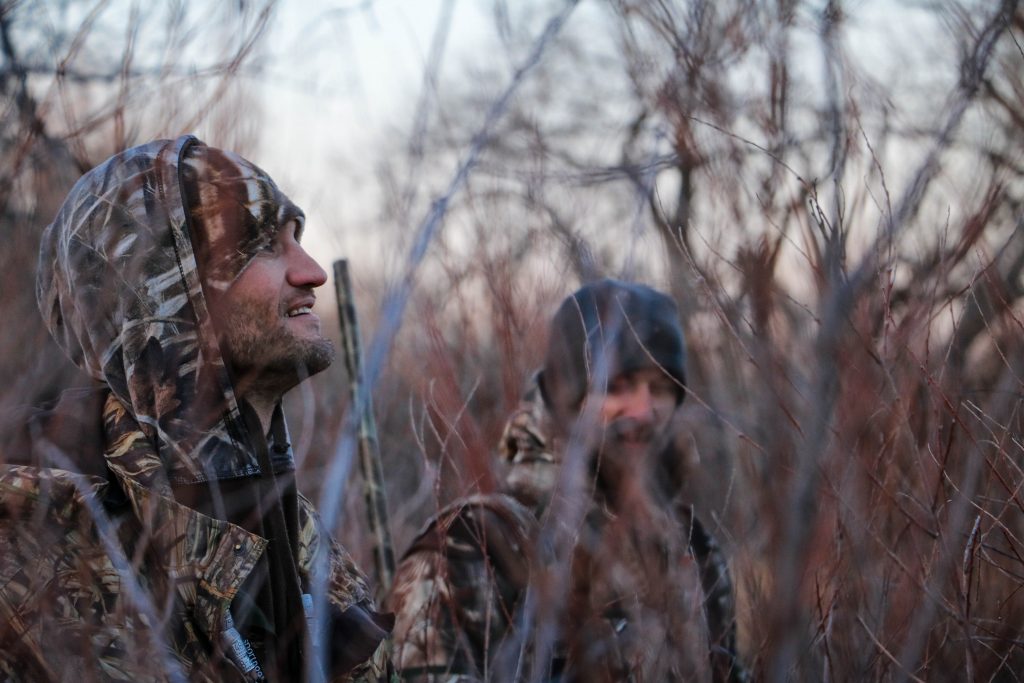In a world filled with various hazards, it is crucial to be prepared for emergencies before, during, and after an event. Each hazard requires unique actions and planning, specific to the potential risks in your area. By identifying the hazards that have occurred or could occur in your locality, you can create a comprehensive disaster plan. Local emergency management offices are valuable resources that can help you identify hazards and provide recommendations tailored to your community. This article explores hazard-specific actions, notification systems, evacuation planning, and essential information about different types of hazards.
Identifying Hazards and Planning Unique Actions:
To effectively prepare for emergencies, it is important to identify the specific hazards present in your area. Local emergency management offices can assist you in determining the potential risks and provide comprehensive information about each hazard. By understanding the unique actions required for each hazard, you can take proactive measures to mitigate risks. Sharing hazard-specific information with family members and including pertinent materials in your family disaster plan ensures that everyone is well-prepared and informed.
Notification Systems: Staying Informed:
Staying informed during emergencies is crucial for timely response and ensuring personal safety. Contact your local government emergency management office to inquire about the notification methods used for different types of disasters, whether natural or man-made. Additionally, ask about the alert and warning systems in workplaces, schools, and other community locations. Alert methods may vary from one community to another, with common options including emergency radio and TV broadcasts, special sirens, telephone calls, or door-to-door visits by volunteers and emergency workers. Understanding the notification systems empowers you to respond effectively in emergency situations.
Evacuation and Sheltering In Place:
When faced with an emergency, one of the primary decisions to make is whether to stay in your current location or evacuate. Understanding the nature of the emergency and assessing your circumstances are crucial in making this decision. It is essential to plan for both possibilities: staying in place and evacuating. Learn about evacuation routes, nearby shelters, and the appropriate actions to take in different scenarios. Evacuation plans should be flexible and adaptable, taking into account various hazards and their specific requirements. Additionally, familiarize yourself with sheltering in place protocols for situations where it is safer to stay where you are.
Exploring Hazard Types:
To comprehensively prepare for emergencies, it is essential to familiarize yourself with different hazard types. Natural disasters, such as hurricanes, earthquakes, floods, and wildfires, require specific preparedness measures. Additionally, technological and accidental hazards, including chemical spills, industrial accidents, and transportation incidents, demand unique actions. Moreover, understanding the potential risks posed by terrorist hazards and knowing how to respond appropriately is crucial. By gaining knowledge about these hazard types, you can better prepare yourself, your family, and your community for emergencies.
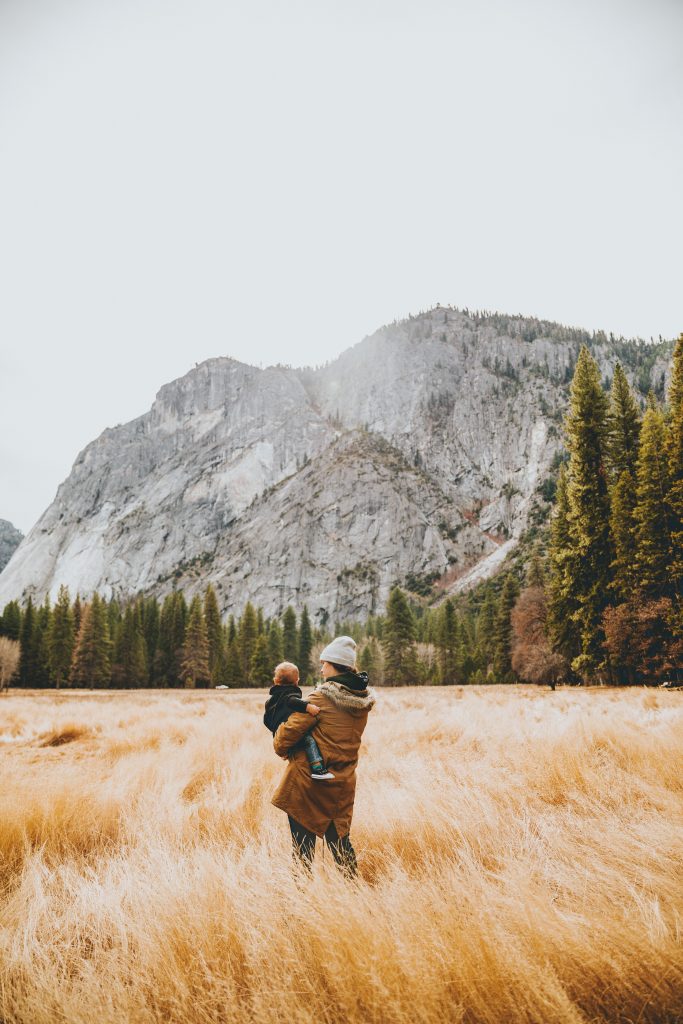
Conclusion:
Emergency preparedness is vital in safeguarding lives and minimizing the impact of disasters. By identifying hazard-specific actions, understanding notification systems, and planning for both evacuation and sheltering in place, you can effectively respond to emergencies. Local emergency management offices are valuable resources that can provide essential information tailored to your area. Additionally, educating yourself about different hazard types ensures a comprehensive approach to emergency preparedness. Stay informed, create a family disaster plan, and be proactive in your efforts to protect yourself and your loved ones during times of crisis.

